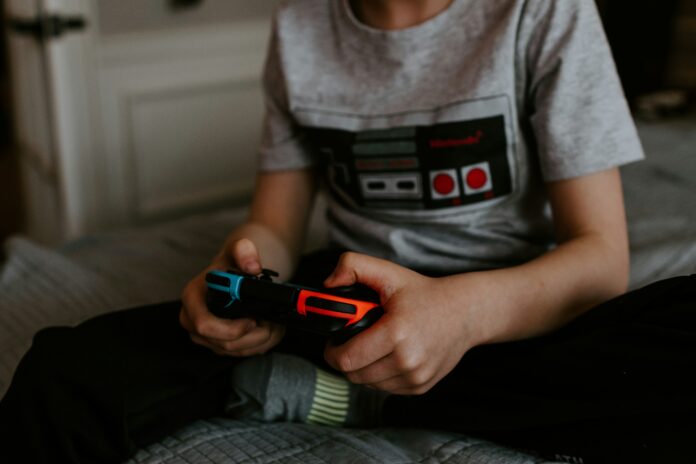
THEY’RE back at school and many parents will breathe a sigh of relief as normal routines return.
However, for many families, it’s also a return to the ongoing war over time spent in front of a screen gaming, which leaves children and teens too exhausted to get up for school and parents at a loss for what to do about the rows that ensue when they insist on turning the devices off.
Gaming is now recognised as an addiction, along with gambling, and those involved in a pilot recovery programme for both gamers and gamblers in Limerick fear there may well be links between the two.
“Parents often have no idea what they are subsidising when they buy add-ons for games their children are playing. Games now have the same risk and reward format that gambling does,” Alan Galvin, project manager with the Saoirse Addiction Treatment Centre in Limerick City, told the Limerick Post.

- External Walls: Up to €8,000 Grant
- Attic: Up to €1,500 Grant
- Cavity Walls: Up to €1,700 Grant
- Internal Dry Lining: Up to €4,500 Grant
“You gain a certain level in the game and that allows the player to buy skins or loot boxes. Is there a direct link between this behaviour and gambling addiction? We have no idea as yet what influence these type of games have, but the mechanism is quite insidious.
“These are complex games, which reward certain behaviours and can be extremely violent and inappropriate for younger age groups. Yes, they may teach strategy, but it’s a child strategising about the best way to kill people – and doing that for hours on end to the exclusion of other things.
“We’ve come a long way from Super Mario,” the Saoirse project manager said.
The free pilot treatment and recovery programme for gaming and gambling has been running for almost a year now in Limerick and 50 people have availed of it.
It’s open to teens as young as 14, with the youngest client just 15 years old. The centre has also been working with clients in their mid-thirties whose habit has kept them in thrall of the screen.
Asked to explain what gaming addiction looks like, Alan said it is “compulsive. The red flags include long periods spent in front of the console or online, up to 12 hours at a time.”
“Real-life friends stop calling at the door. The child or teenager loses interest in going out or being social. It can be difficult to even persuade them out of their bedroom for meals”.
Alan says that parents can often be unaware their child is awake into the small hours, locked into the screen.
“Parents have to take stock. Do you know what kind of games your child is playing? Are they becoming more withdrawn from social activities, having mood swings? Do they lash back when you try to limit gaming times?
“The activity itself becomes the objective and the activity is isolating the individual.”
‘The insidious side of gaming’
Alan said that adults too should look at their own behaviour around devices, asking parents if they spend their family meal times looking at their own mobile phones while insisting their children come away from the computer screen.
The non-residential 15-week treatment programme uses counselling and cognitive behavioural therapy techniques for a whole family approach to gaming addiction.
As with other addiction treatments, the programme involves recording a diary around gaming activity and agreeing boundaries to limit damaging behaviour.
“It’s been our experience that participants report that relationships improve all round when everyone looks at their own role in the therapy,” said Alan.
It might seem that with peer and commercial pressure, there is no end in sight for the young people who spend all their free time in front of a screen, but Alan says there are happy conclusions.
“Young people are bombarded with technology now. We’re not trying to demonise it, but we are helping people who are struggling to cope with it, who have been dragged in, to the exclusion of healthy relationships and activities. To do that, we need to educate and understand what is going on and name the insidious side of gaming.”
More information on Saoirse’s gaming and gambling addiction treatment services is available from its centre on Old Clare Street in Limerick City, by phone on 085 818 4590, or via email on [email protected].

